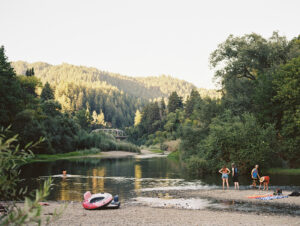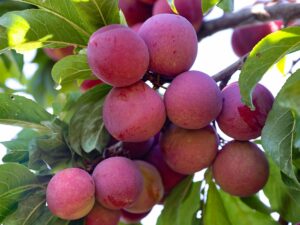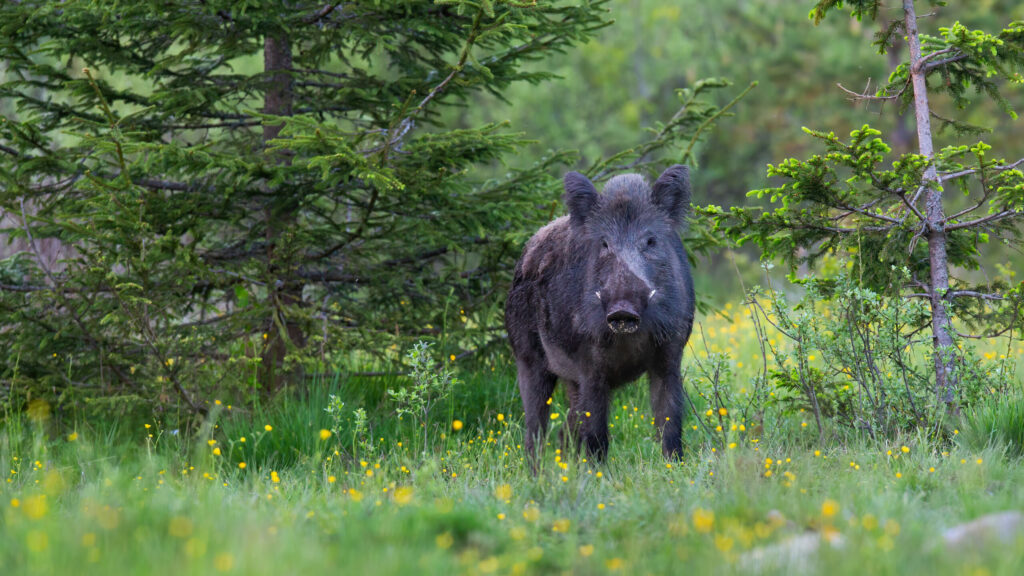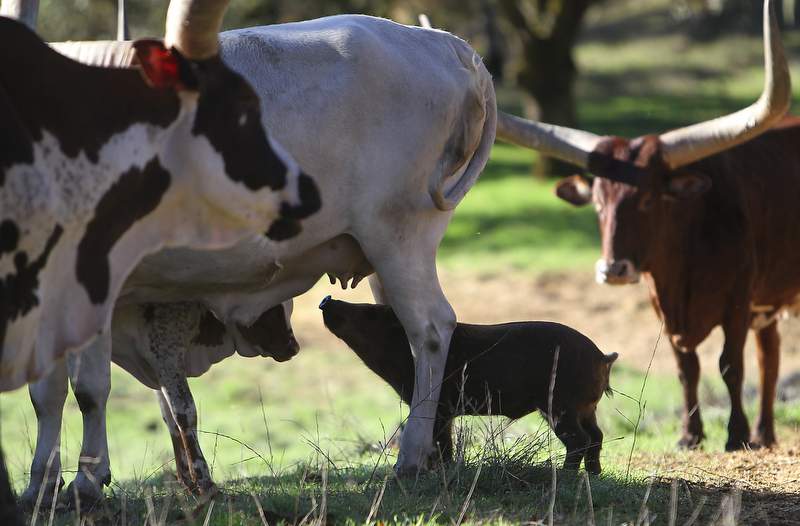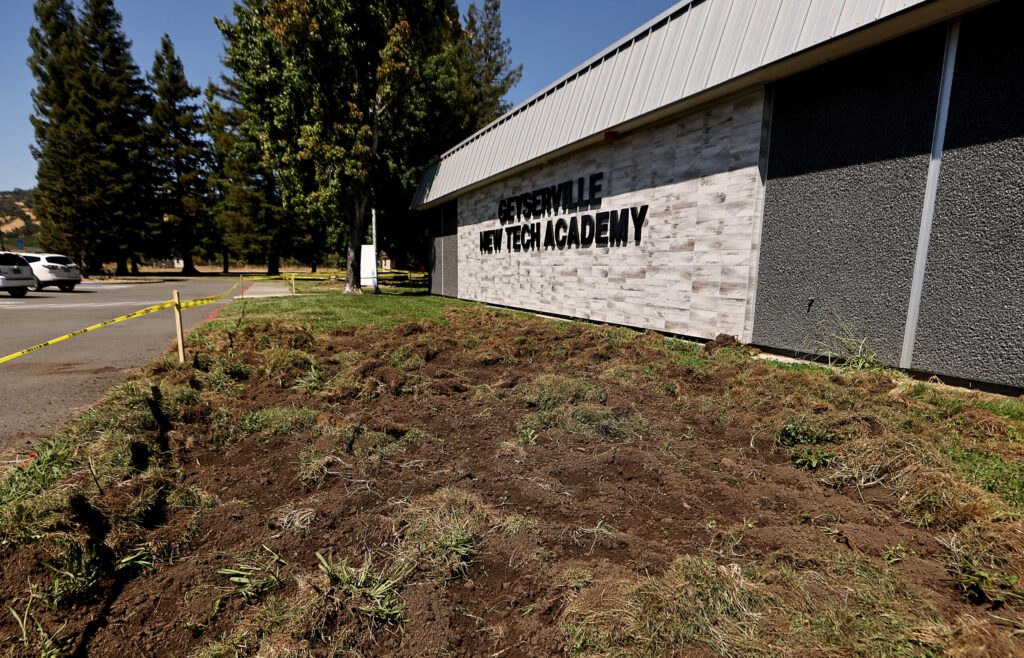Last August, when news broke that wild pigs had ransacked the grounds of a Geyserville school, locals took notice. First the pigs tore up the baseball fields. Then, when school officials erected fencing to keep them away, they took to the rest of the campus, including the neatly manicured lawns by the front entry.
Perhaps we shouldn’t be so quick to blame the pigs. Like all animals, they’re just trying to get by. And we were the ones that brought them here to begin with. In the early 1700s, Russian and Spanish settlers introduced domestic pigs to California as livestock. Some of them went feral and later mated with European wild boars imported by a Monterey County landowner in the 1920s. (Whoops.) Today their hybrid progeny are well established throughout the state.
Like most successful invasive species, wild pigs (Sus scrofa) are survivors. They’re highly adaptable omnivores who like to dig for roots and tubers and are considered very intelligent. Hunting wild pigs in designated areas of the county has long been legal — and homemade wild pork sausage is a holiday tradition for some rural residents.
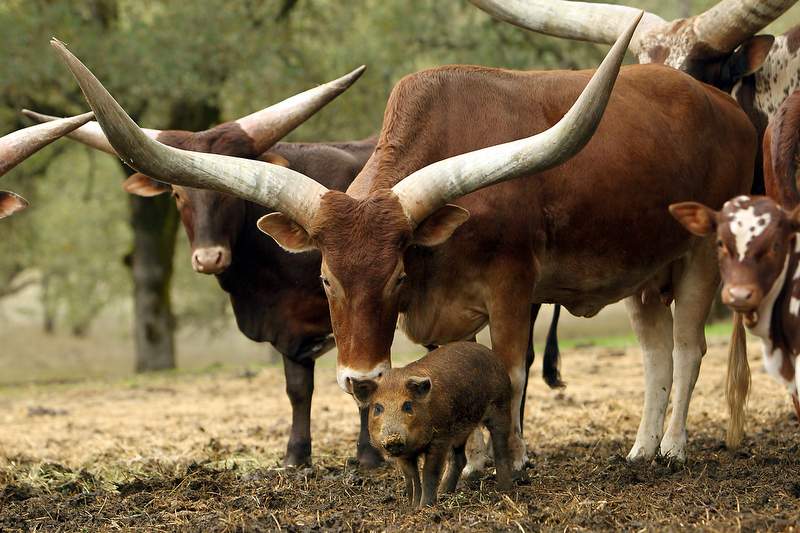
Their numbers, however, do not appear to be under threat. Granted, no one really knows how many wild pigs there are in Sonoma County, says Santa Rosa’s Stacy Martinelli, an environmental scientist with the California Department of Fish and Wildlife. The department doesn’t survey the wild pig population here or anywhere else in the state, she explains. The best population estimates come from extrapolating figures on tag returns from sport hunters and tallying depredation permits. By both measures, Sonoma County’s population levels are likely a bit above the statewide average. “We do have our fair share of pigs, for sure,” Martinelli says.
In summer, when the landscape is drier, the pigs find an irresistible bonanza of places to snuffle around and dig in the loose, irrigated soils of vineyards and playgrounds. Fortunately for schools and vineyards — and unfortunately for ranchers — this time of year is a different story.
“As the winter comes on, when we start to get the rains, then that usually alleviates the problem on these irrigated landscapes. They start foraging more in open grassland,” Martinelli says. “When the soils get really saturated, then we see a lot of ranchlands being turfed up.”
For more information on the local wild pig population, visit wildlife.ca.gov/conservation.


